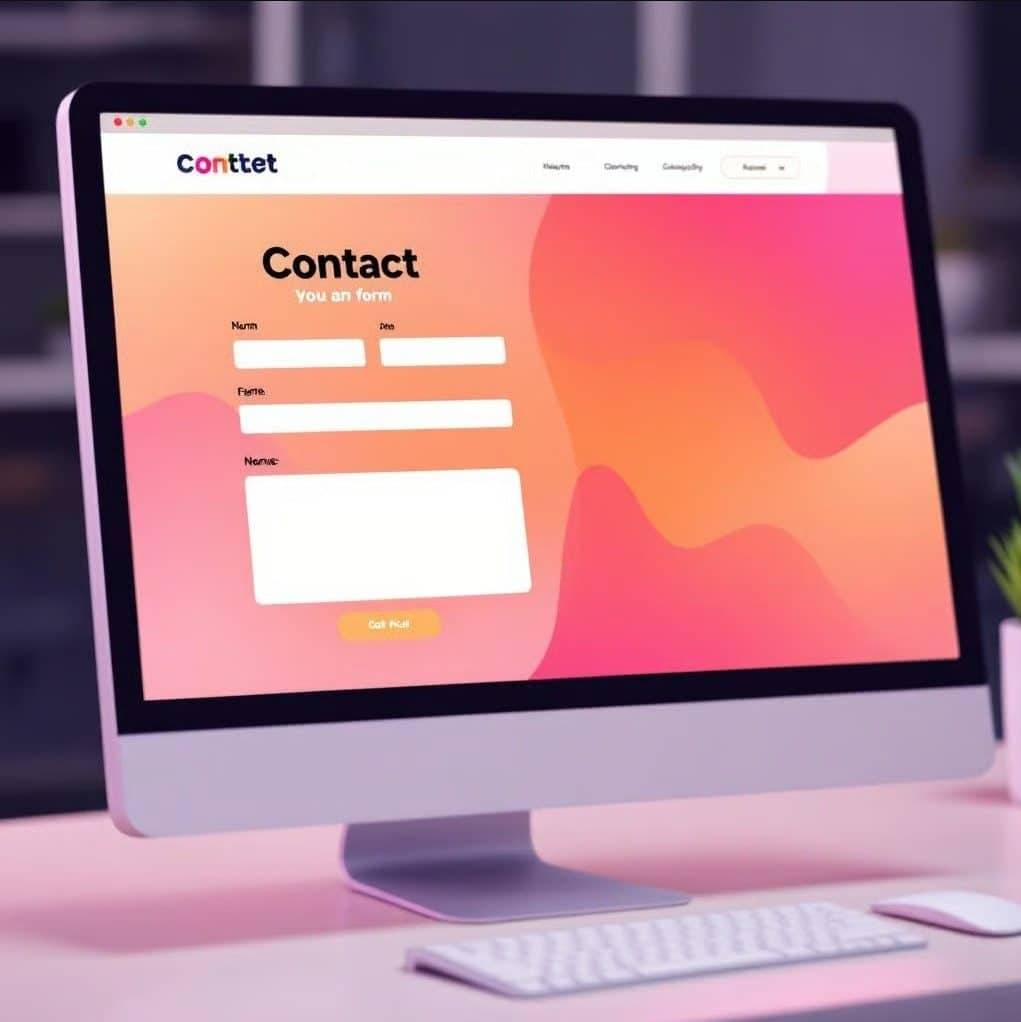 How Website Design Impacts Usability, SEO, and Conversions
How Website Design Impacts Usability, SEO, and Conversions
Your website’s design is more than just aesthetics; it’s a critical factor influencing how easily visitors can use your site, how well it ranks in search engines, and whether visitors ultimately convert into customers or leads. While an attractive design can make a good first impression, focusing too heavily on visual flair at the expense of functionality and technical soundness can actually harm your business online. Finding the right balance is key.
Common Design Mistakes That Hurt User Experience and Conversions
Poor design choices directly impede ease-of-use and drive potential customers away. Several common mistakes highlighted by Business.com include:
- Confusing Navigation: If users can’t easily find what they’re looking for, they’ll likely leave. Navigation should be intuitive and predictable.
- Weak or Unclear Calls-to-Action (CTAs): Visitors need clear direction on what to do next. Hidden or ambiguous CTAs kill conversions.
- Slow Loading Speed: Impatience is high online. Complex designs, large images, or inefficient code lead to slow load times, causing users to abandon the site.
- Not Being Mobile-Friendly: A non-responsive design provides a poor experience on mobile devices, hurting usability and conversions.
- Cluttered Layout: Too much information or competing elements can overwhelm users and obscure the intended path.
- Ineffective Forms: Long or complicated forms discourage users from completing sign-ups or checkouts.
How Specific Design Choices Can Directly Hurt Your SEO
Beyond general usability, certain design decisions can specifically undermine your Search Engine Optimization (SEO) efforts, making it harder for search engines like Google to find, understand, and rank your content:
- Performance Impacts: Visually rich designs often rely on large image files, complex scripts, or excessive code. These elements can drastically slow down page load speed, a critical factor in Google’s Core Web Vitals and a direct ranking signal.
- Mobile-First Indexing Issues: Designs that aren’t responsive or mobile-friendly perform poorly in Google’s mobile-first index. If your site looks or functions badly on a smartphone due to design limitations, your rankings will suffer.
- Compromised Site Structure & Crawlability: Overly complex navigation systems (especially those heavily reliant on JavaScript without proper fallbacks) or unconventional site layouts chosen for aesthetic reasons can make it difficult for search engine crawlers to discover and index all your
- Important pages. Similarly, improper use of heading tags (H1, H2, etc.) purely for styling confuses search engines about content hierarchy.
- Content Visibility: Embedding important text, like headlines or key descriptions, directly into image files makes that text invisible to search engines. Always use actual HTML text for critical content and keywords.
- Intrusive Elements: Design choices like aggressive pop-ups or large interstitials that block content immediately upon visiting (especially on mobile) can lead to a negative user experience and potentially trigger ranking penalties from Google.
When “Too Pretty” Becomes Problematic
While avoiding obvious mistakes and SEO pitfalls is crucial, the pursuit of a “beautiful” website can sometimes go too far, as pointed out by Inc.com. Prioritizing aesthetics over function can lead to:
- Reduced Clarity: Overly artistic or unconventional layouts might confuse users accustomed to standard web conventions.
- Slower Performance: Complex visual effects or high-resolution background media slow down load times (hurting both users and SEO).
- Distraction from Goals: Visually “loud” designs can distract users from the primary conversion goals.
- Ignoring User Needs: Focusing on visual impressiveness rather than a smooth, efficient user experience.
The Goal: Design That Serves Function and SEO
Effective website design seamlessly blends aesthetics with usability and technical soundness. It should look professional and trustworthy, but its primary role is to facilitate the user’s journey and allow search engines to effectively crawl and index content. This means prioritizing clear navigation, fast loading times, mobile responsiveness, obvious calls-to-action, and proper technical implementation (like correct heading structures and indexable text). Visual elements should support the content and guide the user, not overshadow or hinder the core purpose of the site or its search visibility.
Ultimately, a successful website design is one that makes it easy and pleasant for visitors to achieve their goals and is easily understood by search engines. Don’t let the pursuit of beauty compromise the fundamental usability and technical SEO that drive online results.









